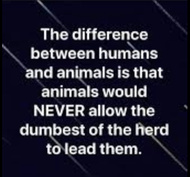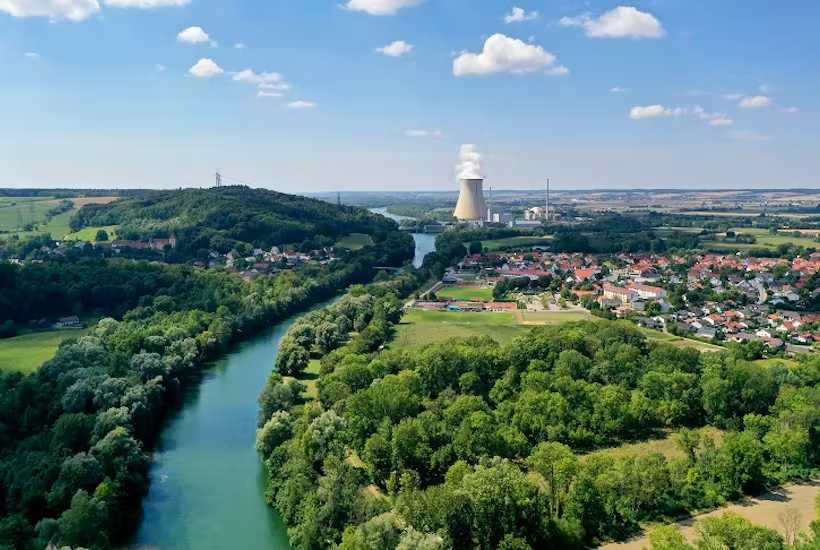
Modern politics has been condensed – within 280 characters to be exact – with much of the political tide swayed by the gravitational pull of the ‘Twitterverse’.
Is it little wonder that the political narrative seems so inverted from reality?
On Tuesday, Prime Minister Anthony Albanese tweeted:
‘Renewables are the cheapest form of new energy. That’s why we’re investing in them.’
A bold claim, perfect for Twitter. But is there any substance to his claim? Or is it merely too hard for modern-day electors to take the time out of their increasingly busy lives to ‘scratch the surface’?
Albanese’s claim that renewables are the cheapest form of energy sounds fantastic. The perfect solution for the ‘climate crisis’. But scratch beneath the surface and you are confronted by a grim reality.
It is not surprising that renewables could potentially be cheap, considering the forced labour of the Uyghur population in China that contributes to their construction. Roughly 80 per cent of the world’s renewables are made in China.
If slave labour is not the only concern lurking beneath the surface, another real-world example refutes Albanese’s claim.
France and Germany share a border; what a better comparison? France is heavily nuclear, deriving 70 per cent of its electricity from the source. Germany has undergone a ‘green energy revolution’, with wind farms clustered all over their landscape. The result? Manufacturing has left Germany for France due to cheaper electricity prices.
But Albo tweeted…oh never mind.
Scratch a little deeper and you end up in Far North Queensland; Kaban and Chalumbin to be exact. Pamela Jones, an environmental scientist, is highlighting the destruction of important biodiversity corridors in these sensitive areas, all for the sake of new wind farms and their subsequent transmission lines. She detailed it on a recent episode of the ExCandidates podcast, which I am a host.
Bob Brown would once be having a conniption fit watching forests being bulldozed to the ground, with heavy machinery snaking its way through the important natural habitat. But today? Not a word. Not except for Pamela Jones and her photographer friend Steven Nowakowski, who has been capturing the destruction.
Scratch, scratch.
The same applies on the other side of the narrative. The Simpsons have become our reality as most people envision a nuclear power plant with green sludge spewing into a toxic river with three-eyed fish.
Instead, scratch the surface, and the likes of Pamela Jones and Michael Shellenberger describe how the entire contribution of waste that one person will have from birth to death would be the size of a Coke can.
Imagine being born. Six weeks later, your parents take you to the local nuclear power plant (not The Simpsons variety). You all walk in, select your Coke can of waste and place it in storage. You walk away and that would be your contribution of energy for your whole life – one Coke can.
No need for Uyghurs being forced to make solar panel components. No need to be energy dependent on Chinese-made renewables. No need for the children in the Congo to mine cobalt for batteries. No need for massive landfill sites to dump all these renewables at the end of their decade or two lifespan. No need for higher electricity prices and blackouts when it’s night-time and there is a wind drought. Best of all, no need to bulldoze the forests of Far North Queensland for wind farms and transmission lines.
Just like politics is now condensed within Twitter, our energy footprint could be condensed within a Coke can.

Former prime minister Scott Morrison may retire from parliament by the end of the year with hopes of potentially taking up a key international consulting post.......He was a nothing P.M....WEAK & FECKLESS...and now RUNNING AWAY from the Country he helped destroyed, JUSTICE needs to be served and SCOMO needs to be around to answer for his COWARDICE.













